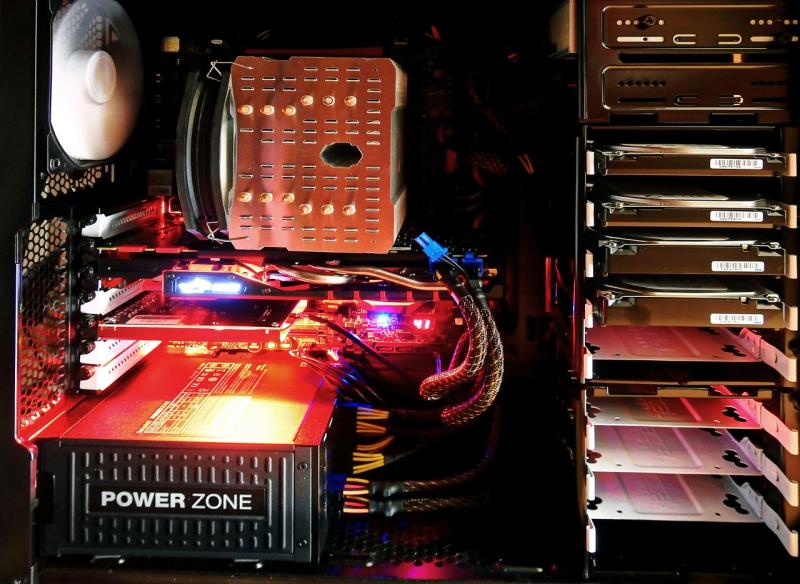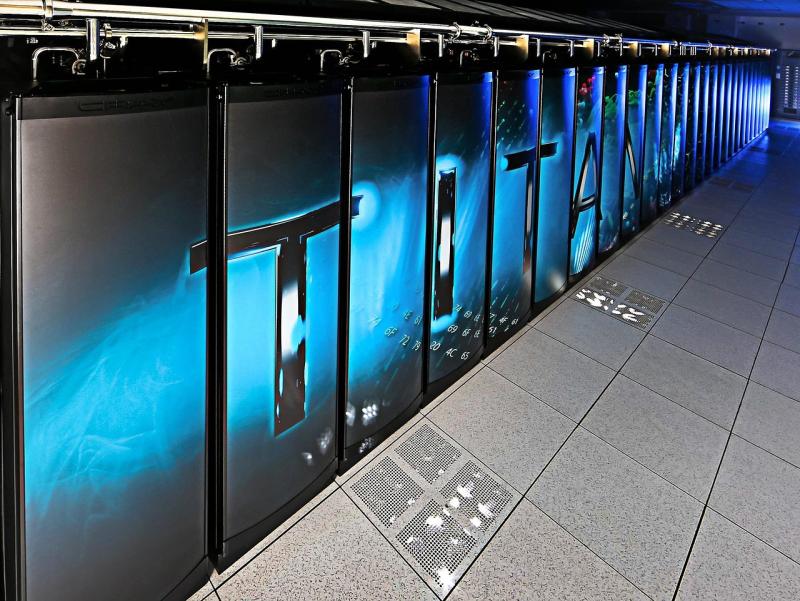Building the Ultimate Digital Darkroom
In today’s visually driven world, professional photographers rely on the perfect blend of speed, color accuracy, and system responsiveness to process high-resolution images and manage extensive digital libraries. A custom PC designed specifically for photography and photo editing transcends typical desktop setups by serving as a dedicated digital darkroom. With carefully selected processors, top-tier storage, color-critical displays, and ergonomic components, you can create a workstation that transforms raw files into stunning images with precision and efficiency. This comprehensive guide explains every element needed to build a photo editing powerhouse that meets the unique demands of modern photographers.
---
#### High-Performance Processing for Rapid Image Editing
Photo editing involves intricate manipulations, from noise reduction and color grading to complex retouching in high-resolution files.
- **Multi-Core, High-Frequency CPUs:**
Choose a processor from Intel’s Core i9 or AMD’s Ryzen 9/Threadripper lineup that boasts multiple cores and high clock speeds. These processors enable you to run Adobe Lightroom, Photoshop, Capture One, or other professional editing suites smoothly, even when applying computationally intensive filters or batch processing large volumes of images.
- **Optimized Performance and Overclocking:**
For extra performance during peak editing sessions, mild overclocking—coupled with advanced cooling solutions—can further reduce processing time without compromising system stability. Hardware virtualization support is an added benefit when testing plugins or running multiple photo editing environments simultaneously.
---
#### Ample Memory and Ultra-Fast Storage
Managing high-resolution raw files and massive digital catalogs requires both excellent system memory and lightning-fast storage solutions.
- **High-Capacity and Fast RAM:**
Equip your machine with at least 32GB of DDR4 or DDR5 memory. For photographers working with 50MP files or editing in 16-bit color depth, 64GB or more not only speeds up multitasking but also minimizes the risk of slowdowns when working with complex layered files.
- **NVMe SSDs for Speed:**
Use NVMe SSDs as the primary drive to store the operating system, editing software, and active projects. This choice dramatically reduces boot and load times, enabling near-instant access to valuable data.
- **Hybrid Storage Solutions:**
Complement NVMe storage with high-capacity SATA SSDs or RAID-configured HDD arrays for archiving images and safeguarding historical data. This hybrid approach provides the best of speed and volume, ensuring efficiency in editing and reliability in backup.
---
#### Color-Accurate Displays and Calibration
For photographers, the ability to reproduce true-to-life colors and subtle tonal variations is critical.
- **Professional-Grade Monitor:**
Invest in a high-resolution monitor that covers a wide color gamut (supporting Adobe RGB or DCI-P3) with an IPS or OLED panel. These displays deliver the color fidelity and contrast necessary for precise editing, ensuring that photographic details are rendered accurately.
- **Calibration Tools:**
Use professional calibration devices and software to maintain display accuracy over time. Regular calibration ensures consistency and reliability—critical for producing prints or digital files that match your creative vision exactly.
---
#### Robust Connectivity and Peripheral Integration
A versatile photo editing workstation must seamlessly connect with a wide range of peripherals and external devices.
- **Comprehensive I/O Options:**
Select a motherboard that offers multiple USB 3.2 ports, Thunderbolt, and high-speed Ethernet, allowing for swift file transfers from cameras, external storage, and backup drives.
- **Multi-Monitor Setup for Workflow Efficiency:**
A dual- or triple-monitor configuration enables photographers to keep editing software, digital asset management systems, and reference images open simultaneously. This expanded workspace not only streamlines workflow but also enhances productivity during long editing sessions.
- **Ergonomic Input Devices:**
High-precision graphics tablets, ergonomic keyboards, and responsive mice contribute to a natural editing process, reducing physical strain and improving creative accuracy.
---
#### Ergonomics, Cooling, and Noise Management
A comfortable, stable operating environment is essential for long hours of focused photo editing.
- **Ergonomic Workstation Components:**
Invest in adjustable monitor stands, anti-glare screens, and comfortable seating arrangements to create a workspace that promotes good posture and reduces eye strain. Thoughtful cable management and minimalistic chassis design help maintain an uncluttered environment that fosters creativity.
- **Efficient Thermal Management:**
Utilize high-quality, low-noise fans or custom liquid cooling solutions to keep your CPU and GPU temperatures stable during extended editing sessions. Effective cooling not only preserves components’ longevity but also ensures a quiet environment, allowing you to concentrate on your work.
- **Stable Power Delivery:**
An 80 PLUS Gold or Platinum certified power supply with modular cabling provides reliable, clean power while reducing energy waste—a key factor when your workstation is in use for hours on end.
---
#### Software Optimization and Long-Term Maintenance
The synergy between hardware and software is crucial for maintaining peak performance in a photo editing environment.
- **Optimized Operating System:**
Using a clean, dedicated OS with minimal background processes ensures that all resources are available for editing tasks. Customizing driver settings and scheduling regular software updates further reduces the chance of performance hiccups.
- **Automated Backup and Performance Monitoring:**
Implement automated backup solutions for critical images and use performance monitoring tools to track system health. Routine diagnostic checks and firmware updates play a vital role in long-term reliability and future-proofing your workstation.
---
#### Future-Proofing and Scalable Design
As digital photography continues to evolve, so too should your creative workstation.
- **Modular and Upgradeable Components:**
Choose a motherboard with extra DIMM slots, multiple PCIe connectors, and ample storage interfaces. This design allows for straightforward upgrades in memory, storage, or even additional graphics capabilities as your needs grow or as new technologies emerge.
- **Adaptability to Emerging Technology:**
With trends such as AI-driven photo editing and cloud-based collaborative workflows on the rise, ensure that your system can integrate these advancements seamlessly. Regular benchmarking and planned upgrade paths will help keep your custom PC at the cutting edge of photographic technology.
---
#### Conclusion: Your Digital Darkroom Unleashed
A custom PC for photography and photo editing is more than a high-performance machine—it’s an essential creative partner. By combining a robust multi-core CPU, expansive memory, rapid NVMe storage, color-accurate displays, and seamless peripheral connectivity within an ergonomic and future-proof design, you can build a digital darkroom that transforms the editing process. This tailor-made workstation not only accelerates your workflow but also enables you to unleash your creative potential, ensuring that every image is rendered with precision and artistic finesse.
---
### SEO Keywords:
custom PC for photography, photo editing workstation, high-performance photo computer, color-accurate monitor PC, NVMe SSD photography PC, multi-core CPU photo editing, scalable photographer workstation, ergonomic PC for photographers, professional editing PC, future-proof photography workstation
View our related products
See more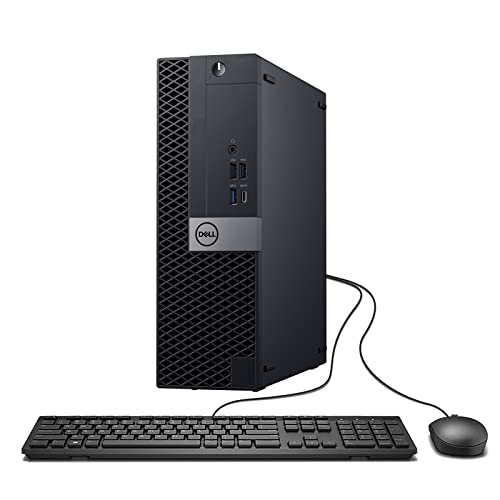
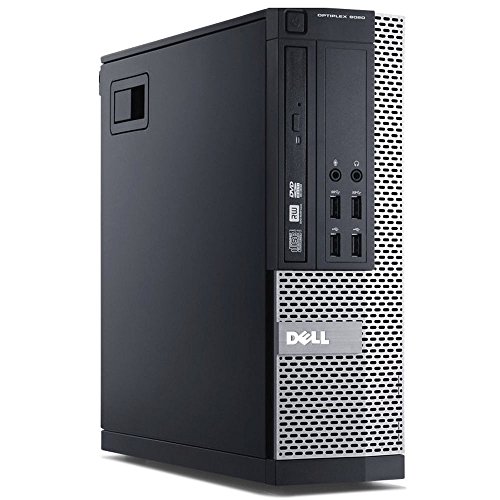
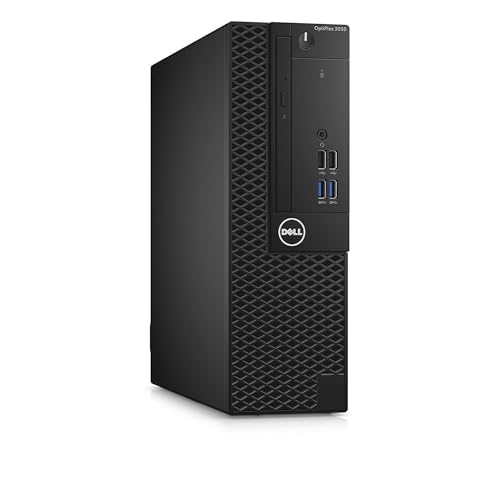
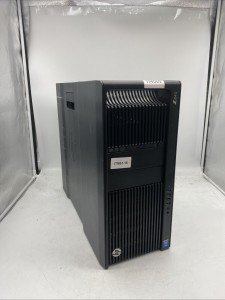
Custom PC for Photography and Photo Editing
Related Articles
Essential High-Performance PC Components You Need Now
Upgrade your setup with the must-have parts for unbeatable gaming and productivity
Top Picks for Best High-Performance PCs
Find the perfect power machine for gaming, work, or creative projects
Your Guide to the Best High-Performance PCs
Find the Right PC for Your Gaming and Creative Needs
View our related products
See more



